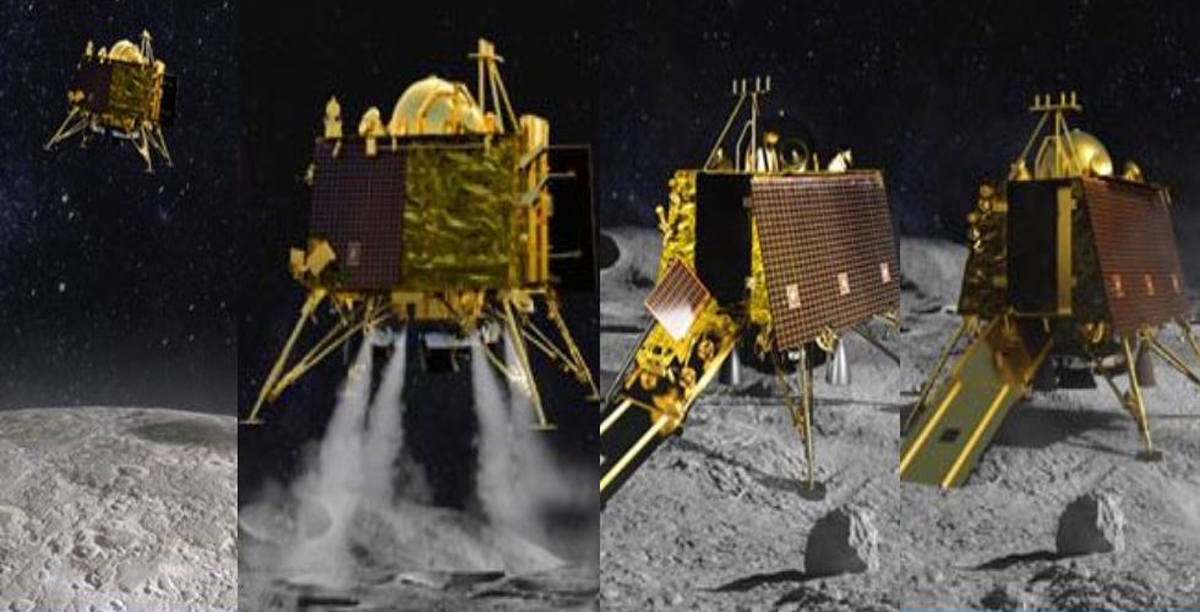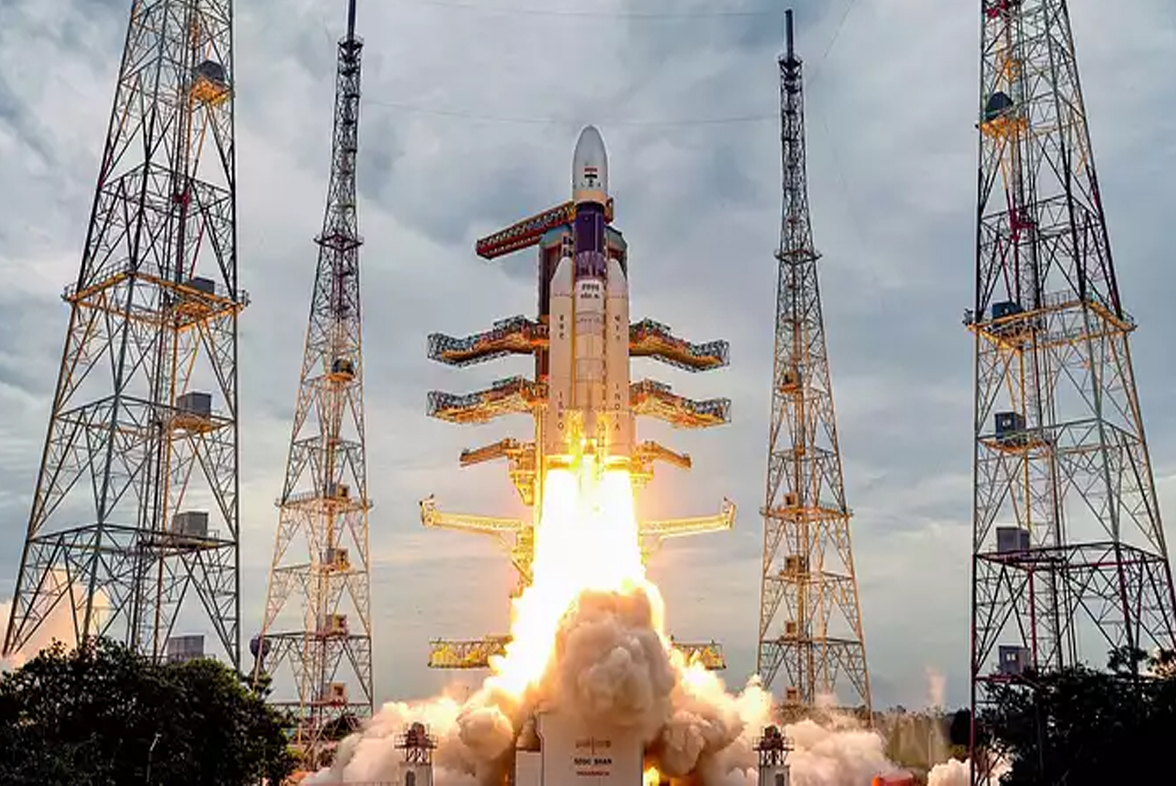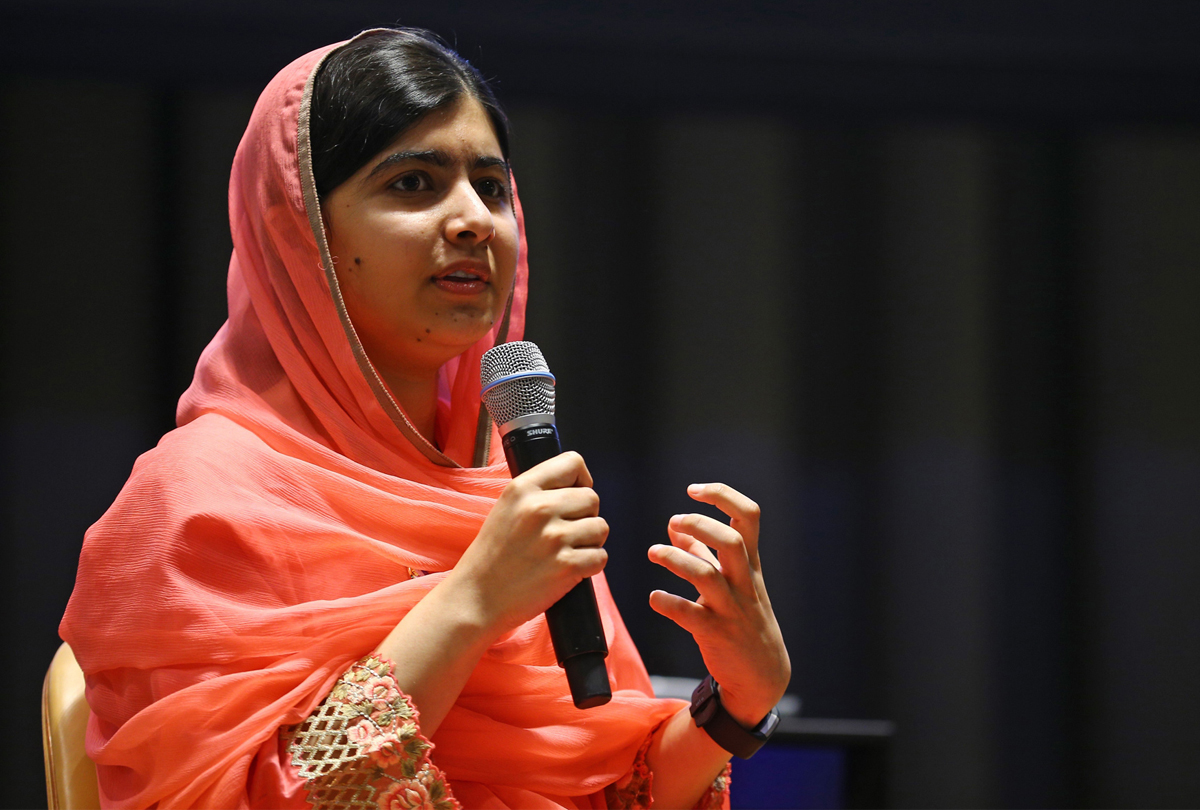The Indian heavy rocket "Bahubali" is preparing for Moon

[Edited By: Gaurav]
Friday, 12th July , 2019 01:12 pmThe geo-synchronous satellite launch launcher - Mark III (GSLV Mk III), nicknamed 'Bahubali', and its passenger Chandrayaan-2 are in preparation for their historic flight to the moon on July 15th.
The geosynchronous satellite launch launcher Mark III (GSLV Mk III), nicknamed "Bahubali", and its passenger Chandrayaan-2 were being prepared for their historic flight to the moon on July 15, officials said. of the space agency. "Preparations are going at a brisk pace at the Sriharikota Satish Dhawan Space Center for the July 15 launch at 3:01 in the morning, and everything is moving forward," said an Indian Space Research Organization (ISRO) official.
About 16 minutes into the flight, the GSLV Mk III rocket type Rs 375 crore will put the Chandrayaan-2 space shuttle into orbit.
While ISRO officials describe the GSLV Mk III rocket as 640 tons of "big boy", the Telugu media nicknamed it "Bahubali", as if the hero of the hit movie raised a heavy Lingam. 2 spaceship.
According to ISRO, the Chandrayaan-2 will be injected into a 170x40400 km terrestrial orbit reserved for parking on Earth. The orbit of the spacecraft will be elevated by a series of maneuvers to register it in the lunar transference trajectory. Upon entering the sphere of influence of the Moon, the onboard propellers will slow down the spacecraft for lunar capture.
Chandrayaan-2 is composed of three segments: the Orbiter, the Lander-Vikram and the Pragyaan rover. The Indian space agency has named peasant Vikram in memory of space pioneer Vikram Sarabhai, and the Pragyaan rover means wisdom in Sanskrit.
According to ISRO, the day of the landing, the Vikram lander will separate from the Orbiter and then perform a series of complex maneuvers including a brutal braking and a brutal braking. Imaging of the landing site area prior to landing will be done to find safe and secure areas. The Vikram is expected to finally land near the South Pole of the Moon on September 6, 2019 and conduct three scientific experiments.
The Indian space agency has announced that the lander will be separated from the Orbiter four days after entering lunar orbit. Vikram will land softly at an altitude of 100 km from the surface of the Moon.
Subsequently, the Pragyaan six-wheeled rover will deploy and perform two experiments on the lunar surface for a period of one lunar day equal to 14 Earth days.
The Orbiter, which has eight scientific experiments, will continue its mission for a period of one year. The mission also has a passive experience from the NASA space agency. The Indian space agency said the mission would also try to unravel the origins of the moon.
It is interesting to note that the Indian national flag will be painted on the undercarriage and on the rover. Ashoka Chakra will be printed on the wheels of the rover. The success of the Chandrayaan-2 mission will make India the fourth country in the world to land on the moon after the United States, Russia and China. India launched its first moon mission, Chandrayaan-1, in October 2008, using its light rocket, the Polar Satellite Launch Vehicle (PSLV).
Latest News
-
2-Doxy-D is a game-changer drug - discovered by sc
-
UP Covid News: Recovery rate rises 86 percent in U
-
Big B orders 50 oxygen concentrators from Poland,
-
Today is Akshay tritiya-PM Modi and Akhilesh yadav
-
Kanpur health department doing preparations to fig
-
UP Govt. must be held accountable for "failing" it
-
16 doctors in Unnao UP resign yesterday but retrac
-
Vaccine is safety cycle against corona pandemic-CM
-
Life of every person is priceless,rescue is the be
-
Kanpur Municipal Corporation will make dust free K
-
Corona vaccination: UP government withdraws the de
-
UP Government should follow the orders of Highcour
-
Uttar Pradesh-IG roaming in the city without the u
-
PM, take off those pink goggles, by which nothing
-
Rahul Gandhi's counterattack on BJP Government’s s
-
Happy international nurse day-PM Modi, Rahul Gandh
-
Online food delivery and liquor shops can open the
-
Egoistic BJP should work in public interest instea
-
High court directed UP Government to make a Covid
-
Isolation rooms to be built in industrial units, a
-
WHO has appreciated the effort of the Yogi Adityan
-
Brother is forced to carry his corona afflicted br
-
Lucknow- Free auto service for covid patients
-
Lucknow-Defense Minister and CM Yogi inaugurated
-
Wine shops opened in kanpur
-
Kanpur: oxygen demand 50 percent decrease as infec
-
Kanpur Crime Branch Police arrested 2 accused of i
-
Kanpur police's initiative to prevent corona infec
-
CM Yogi inspected the community health center in c
-
Corona's third wave: IIT professor claims not to c
World News
-
American president Appoints Two More Indian To Key
-
Arora Akanksha an Indian running for United Nation
-
Brazil thankes india with hanuman after receiving
-
Toronto protest against Indian citizenship law as
-
One-Of-A-Kind Wedding: After Groom's Father Gets A
-
Kim's Horse Ride On Sacred Mountain Hints At "Grea
-
Chinese President’s India visit on track, confirms
-
'Howdy Modi' event 'win-win' situation for Modi an
-
Malala urges U.N. to help Kashmiri children go bac
-
Rocket blast at U.S. Embassy in Kabul on 9/11 anni
-
PM Modi launches $4.2 mn redevelopment project of
-
Pakistan Blacklisted by FATF's: After Failing to A
-
Amazon Rainforest burning: Brazil President tells
-
10 shoking pics of Amazon Rainforest Burning
-
200 pakistan twitter accounts suspended on kashmir
-
Trump dials Imran Khan, asks to ‘moderate rhetoric
-
No policy change on Kashmir, says U.S.
-
Hamza, the son of Osama bin Laden, is dead
-
Ethiopians planted more than 200 million trees in
-
Pakistani military aircraft crash: All 5 crew memb







.jpg)


.jpg)






















